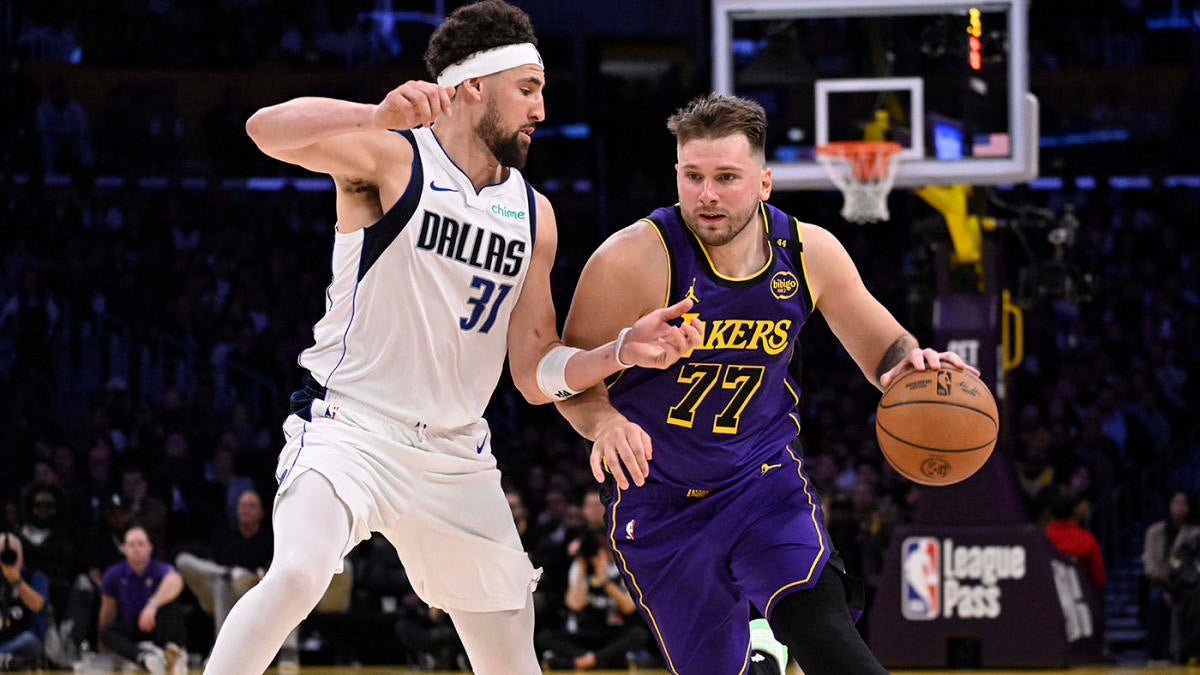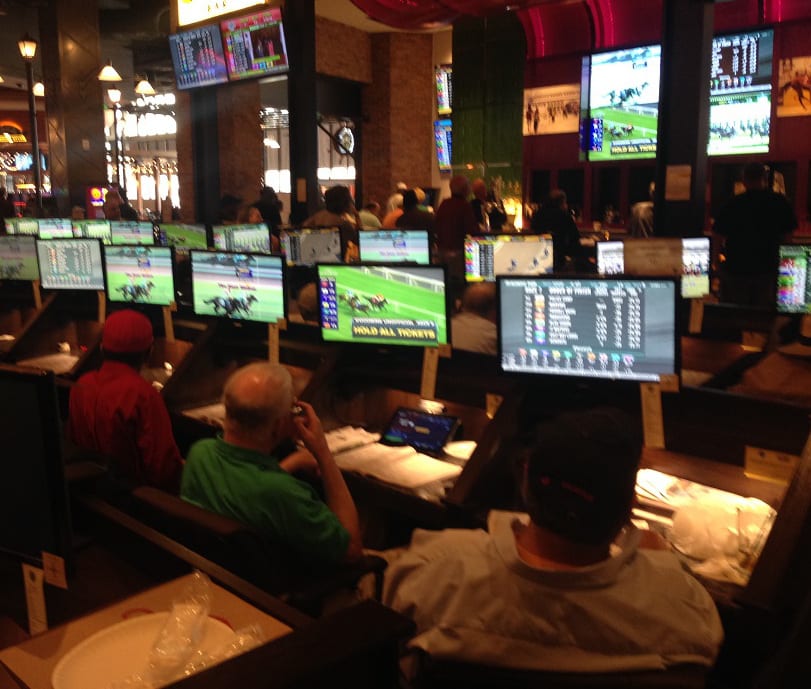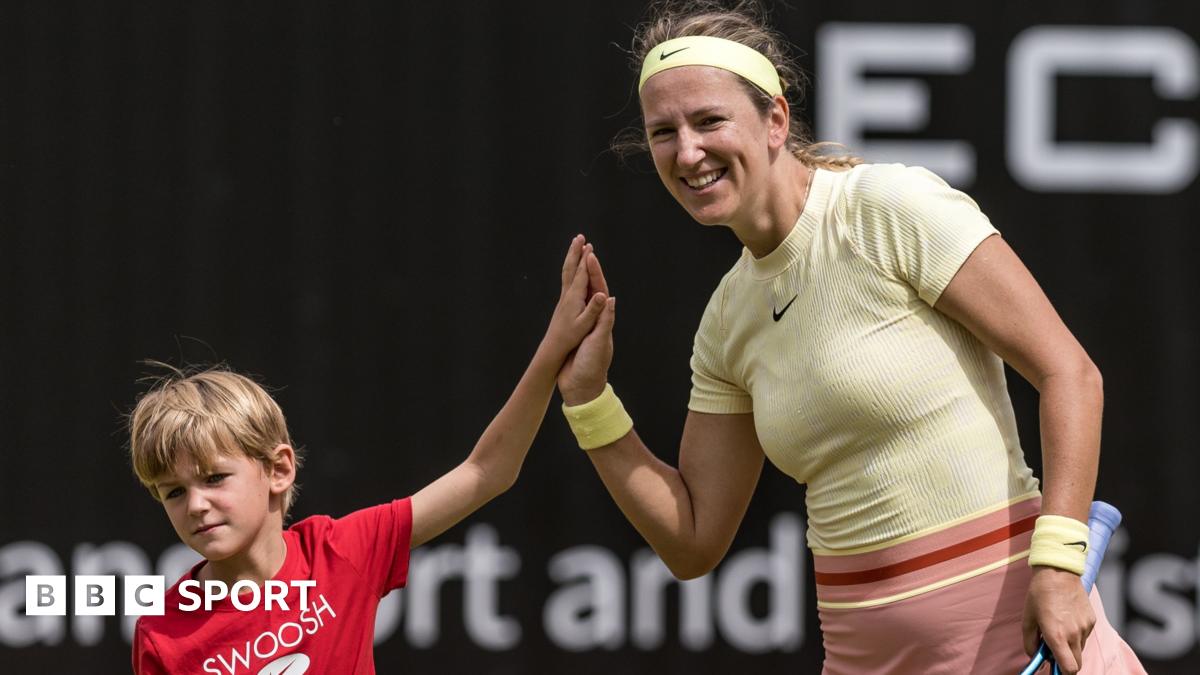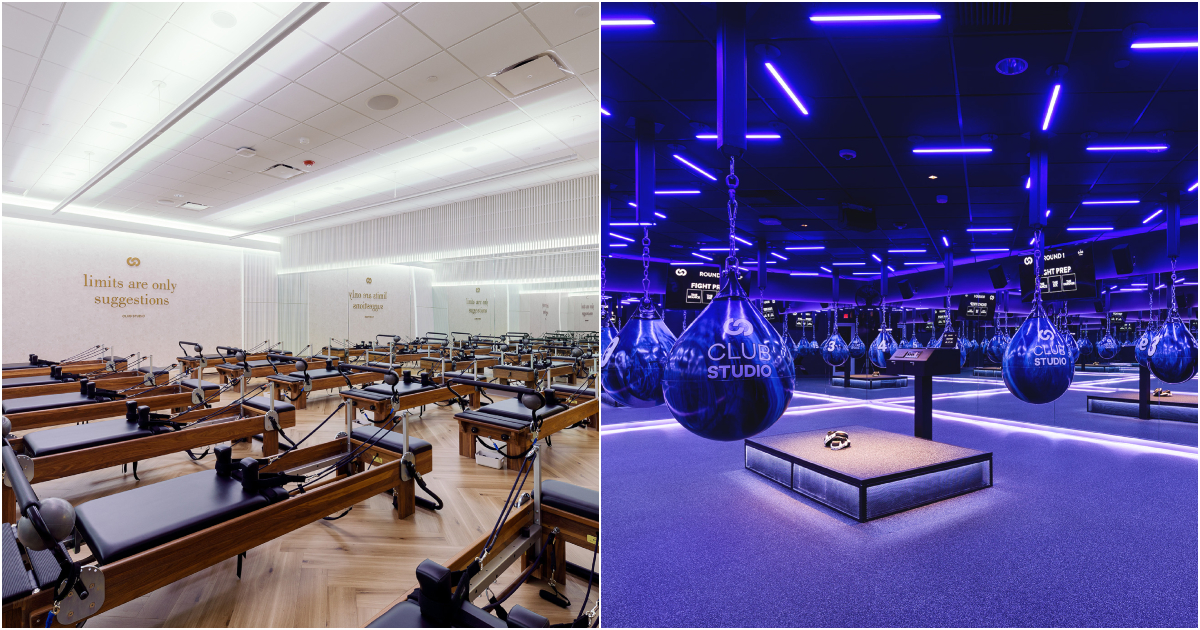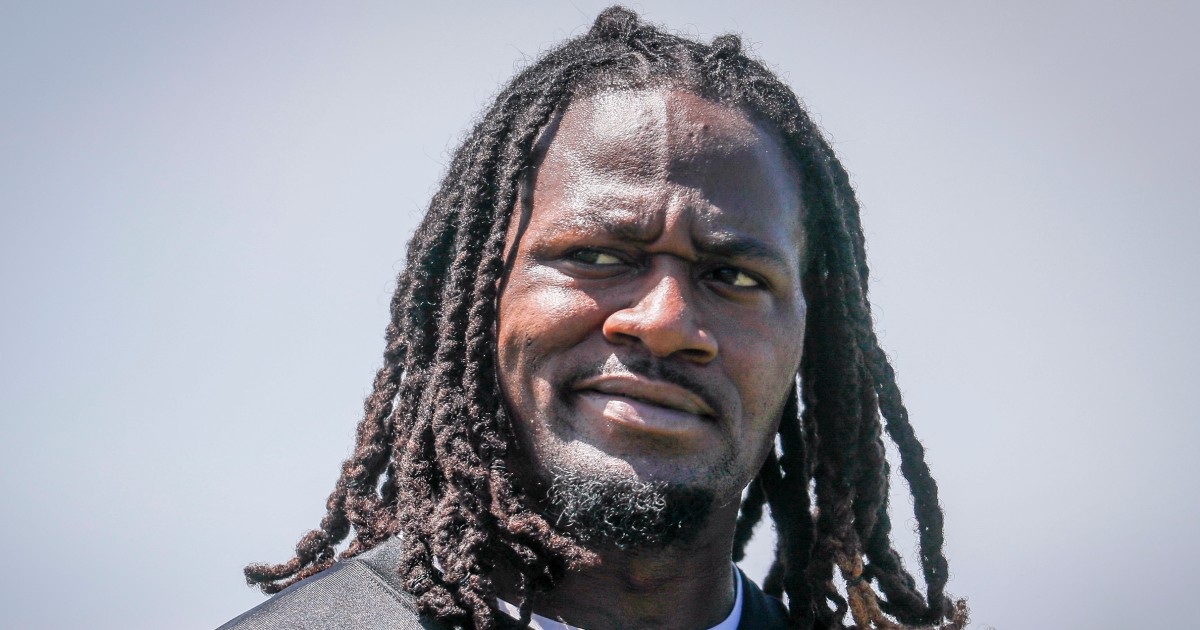Do the Warriors Have a Plan to Get Steph Curry Back to the Top?

Transitional phases for any professional sports franchise are almost always awkward, especially when the past is still transcendent enough to dictate the future. That is where the Golden State Warriors and Stephen Curry currently find themselves, partners in a relationship that’s driven by a cumbersome need to win, staring down an unknowable final chapter, fighting until that last nail seals their coffin.
These were complicated, uneasy, emotional times before Curry signed a one-year, $62.6 million contract extension last week. The deal will keep him in San Francisco through the 2026-27 season and may very well be the final payout of his legendary career. For the Warriors, it’s a move soaked in gratitude, reflecting the 36-year-old’s unique, long-standing value, but it also doubles as a very smart basketball decision. Few players in league history have ever done more for an organization; still, after 15 years of his scintillating, singular brilliance, the Warriors should be pressed to prioritize whatever he has left—not out of the goodness of their heart, but because this man has shown in a variety of ways that he’s still awesome enough to lead a team almost anywhere.
This entire summer was an effort to do just that, in ways big and small, successful and not so much. As Curry eviscerated rival nations at the 2024 Olympics with a pantheon performance—capped off by what might be the most memorable shot of his life—Golden State rounded out the edges of its roster while venturing on two failed fishing expeditions for Paul George and Lauri Markkanen. All of it served to crystallize the only question that matters right now: Can the Warriors make another Finals run before Curry celebrates his 40th birthday?
On the surface, the situation is demoralizing. Curry enters next season as one of the NBA’s 15 oldest players and, as was the case last season, when Golden State missed the playoffs, doesn’t have any verifiable All-Star-caliber teammates. Klay Thompson is gone, Andrew Wiggins painfully lingers as the team’s second-highest-paid player, and Draymond Green is as reckless as he is important. The Warriors were very good last year with Green at center and Curry on the court, but when Curry played sans Green, they barely treaded water and had a defense made of spit bubble. To manifest any reasonably high expectations, Golden State must get bounce-back seasons from those two.
Internal growth is another key. Brandin Podziemski is a gem of a utilitarian role player who should be even more comfortable in year two. Jonathan Kuminga could break out like the Warriors have been waiting for—diversifying their offense with a necessary injection of volcanic athleticism—but first, he needs to think the game much faster with the ball in his hands. Kuminga’s development will be either a balm or a thorn in the Warriors’ side, depending on how quickly or slowly it happens. Moses Moody is solid and only 22 years old but seemingly has less worth on the court than on the trade market. Trayce Jackson-Davis is an intriguing backup big who averaged more minutes than Kevon Looney last season.
There’s a lot of “beauty is in the eye of the beholder” on this roster, but Curry’s decision to sign a one-year extension now instead of a two-year extension after next season was by some measures a show of faith in general manager Mike Dunleavy Jr.’s ability to transform all these assets into something more useful. For Curry, there’s a common-sense element at play ($62 million is not bad for a year’s service), but the timing also extends Dunleavy’s clock, affording a little more time to put the right pieces around his franchise player. What it does not do, though, is alleviate any sense of urgency for a team with an aging superstar in a competitive conference that has no obvious juggernaut seated at the top.
“It’s still about winning,” Curry recently told The Athletic, “and taking the steps necessary to give ourselves a chance. The standard hasn’t changed. The expectation hasn’t changed.” It’s advisable to believe him. In spite of all the time that’s passed, Curry is still capable of playing up to that level. He can still cloak his intention beneath an intractable hologram of constant motion. His influence on a basketball game is inimitable, seductive, communal, and deadly. Like every great illusionist, he directs attention one way before the magic happens someplace else. A lean punch. An excruciating blur.
Coming off another remarkable season (his 357 3s were the second most in his career and led the league for an eighth time, he won the NBA’s Clutch Player of the Year award, and his impact on Golden State’s half-court offense was as positive as it’s been in three years) and an iconic Olympic run, Curry enters 2024-25 surrounded by what can fairly be described as his most competent and intriguing supporting cast since Kevin Durant left. This is a time when he’s supposed to be in decline. In reality, he’s just as potent as he’s always been, whether steamrolling best-laid plans with a high pick-and-roll or invoking dread with his theatrical gravity off a screen.
This is why I find myself toggling back and forth about what exactly these Warriors can accomplish with Curry headlining the show. It’s a push and pull between tidy narrative (Golden State did not even make the playoffs last year, the Splash Brothers are divorced, and the fading embers of a proud dynasty are clearly cooling) and some smart, overlooked acquisitions the front office made in July. Buddy Hield, De’Anthony Melton, and Kyle Anderson can all excel in this environment. Second stars they are not, but together they breathe real depth and experience into a team that wants it.
This team almost definitely is not good enough to win it all. It’s undersized, has some defensive question marks (fewer if Gary Payton II can stay healthy), and lacks the established stardom boasted by its most imposing conference rivals. The Warriors may very well be resigned to staying in the periphery for however long Curry is their best player; most careers conclude this way, with a petering-out ellipsis instead of a fat exclamation point. But, at the end of the day, ascension through the NBA playoffs (particularly in the Western Conference) is increasingly dependent on small margins, timely health, 3-point variance, and the luck and misfortune that come with matchup-based competition. Last year, no one thought the Dallas Mavericks could make a run to the Finals, and they might not have done so if P.J. Washington had missed a few more 3s, Kawhi Leonard’s knee injury hadn’t flared up, or the Denver Nuggets had held on to a 20-point lead in Game 7 of their second-round series against the Minnesota Timberwolves.
Possibility is elastic for whatever team Curry plays for. It’s hard not to believe in the Warriors so long as he’s around, in a scheme enveloped by supplementary pieces that can elevate everything he does. There’s such a tight economy here. So many whirling, interconnected parts that would be obscured in the shadows without Curry’s light.
Not every player in the NBA makes sense there, but Golden State identified a few who should. Hield is an all-time-great movement shooter. He loves racing to his spot, catching a pass, and firing up a 3. His split actions with Curry will generate the same organized chaos that mystified defensive coordinators when Thompson was involved. Melton made 39 percent of his 3s two seasons ago and can whip up a similar offensive maelstrom while offering a bit more defensive resistance, too. (Imagine either of those two setting a back screen for Curry and then shaking free above the break while the opposition overreacts to Curry’s half-step advantage. It will be problematic for defenses.)
Anderson has arrived as a fascinating facsimile of how Green functions in Steve Kerr’s offense: He’s a shrewd, overgrown ball handler with a broken jump shot who can function as the crucial lily pad that keeps a play from drowning. There are lineups Slow Mo can’t flourish in—i.e., most that include Green or any other non-shooter—but he’s an accelerant when the floor is spaced. Not every big can naturally take advantage of Curry’s gravity like Anderson will.
Kerr has his work cut out for him, but the puzzle pieces should fit. If he can unlock what’s here, normalize his team’s floor balance (last year’s Warriors were uncharacteristically great on the offensive glass and bad getting back in transition), find the right rotation for this new group to coalesce around Curry’s sorcery, and shepherd a general return to the joyful motif that was the wind in Golden State’s sails for so many years, the Warriors could stun the NBA. The absolute best-case scenario here is a boiling-oil offense that flows through enemy territory from behind the arc at a higher rate and accuracy than almost everybody else. And when they aren’t hunting 3s, the Warriors will leverage their spacing for backdoor layups and lobs.
Expect them to also be one of the more active teams heading into this year’s trade deadline, with chips to move and an immediate desire to get better. Golden State’s only outgoing first-round pick is top-20 protected in 2030. Kuminga has real upside and, despite his presumed eagerness for a hefty new contract extension that the Warriors have yet to give him, serious trade value. Podziemski has real potential. Pretty much all their contracts (except Wiggins’s, who has time to turn his perception around) are a net positive in the marketplace.
Blockbuster deals are never easy, and it makes some sense for Golden State to see what it has before any rash decisions are made. But in whiffing on PG and Markkanen, the Warriors kept their powder dry. If another star becomes available at a price that makes sense for everyone involved (Jimmy Butler? Brandon Ingram? Julius Randle?), they can craft a compelling offer and, one last time, become a heavyweight contender once again. Maybe it turns out that they don’t need a star. Maybe they’re OK with sacrificing future assets for another intriguing veteran (think Bruce Brown Jr., Cameron Johnson, Dorian Finney-Smith, Robert Williams III, or Kyle Kuzma).
“We have to figure out how we build around [Curry] because he’s going to be here—he’s going to be here forever,” Dunleavy said in April. “We have to take that all into account. But there’s a lot worse guys you could see the tail end of their career with.”
If NBA basketball was a still body of water before Curry splashed in, the impact since has been a relentless swell of waves that haven’t stopped growing. In some ways it’s forced him and the Warriors to grapple with a conundrum that used to be their golden ticket: Where does the ultimate disrupter turn when his industry finally, fully adapts to the chaos he ushered in? And if the pieces around Curry solely benefit from his greatness instead of turning around and making his life easier, too, Golden State will spend the rest of his career trudging through a waterlogged back nine that’s more likely to bring heartache than euphoria. These next few years are more likely to discourage than delight, but with so much pedigree, pride, and unbelievable skill hanging on, a return to genuine NBA relevance is not implausible. The pressure is on.
Related
NBA flexes Magic-Cavs to national TV; Notebook
ORLANDO, Fla. – The latest Orlando Magic notebook touches on Orlando getting an additional national TV game this season, a G League center getting a call-up t
Knicks vs. Lakers prediction: NBA Thursday odds, picks, best bets
Gambling content 21+. The New York Post may receive an affiliate commission if you sign up through our links. Read our editorial standards for more
NBA trade deadline winners and losers: Lakers, Mavericks going in…
The 2025 trade deadline was technically one month ago, but it doesn't really feel that
Michael Jordan-Kobe Bryant jersey auction, explained: How to buy memorabilia…
Some rare NBA memorabilia is hitting the market, as the debut jerseys of Michael Jordan and Kobe Bryant will be auctioned off by So


